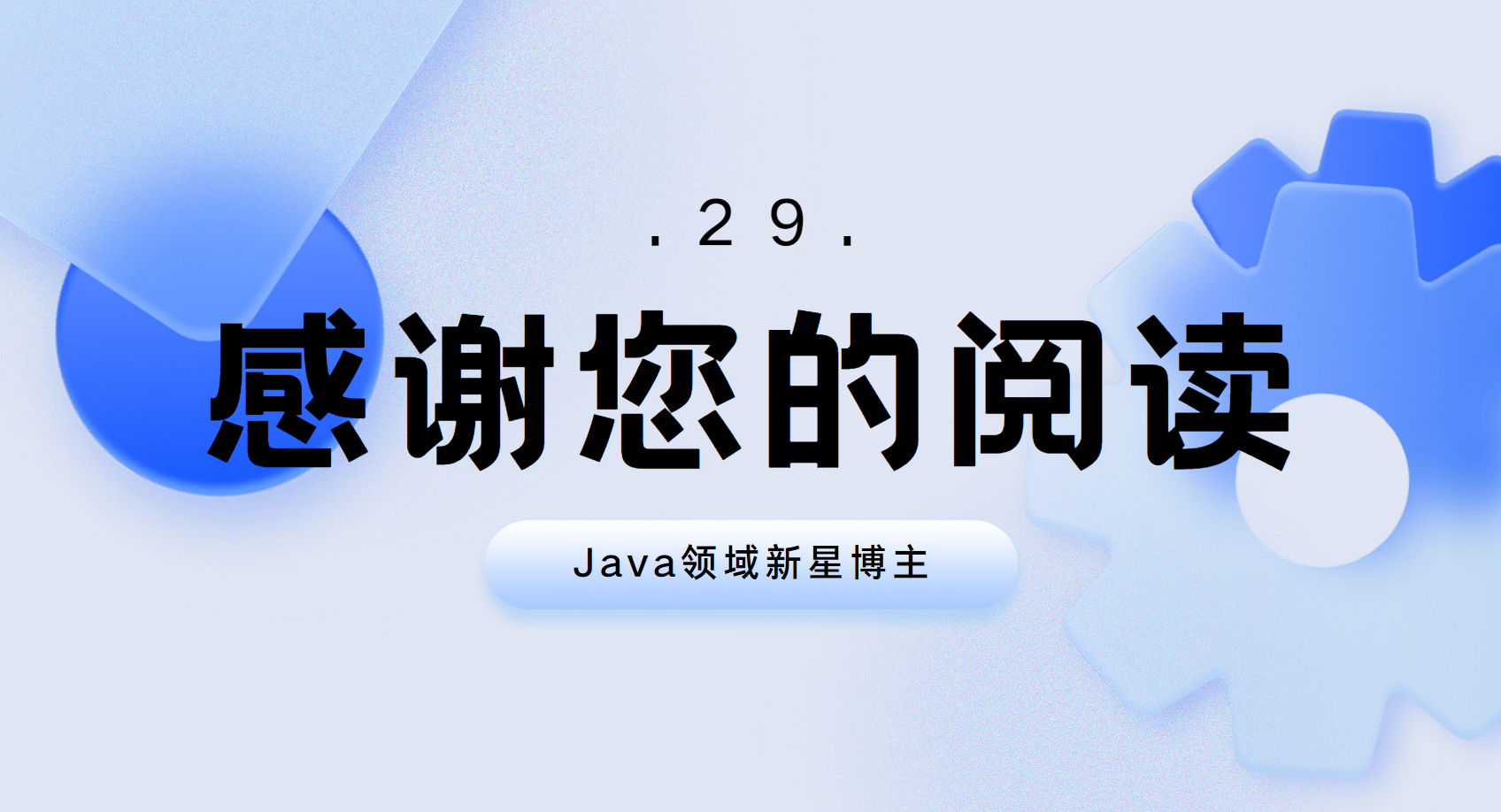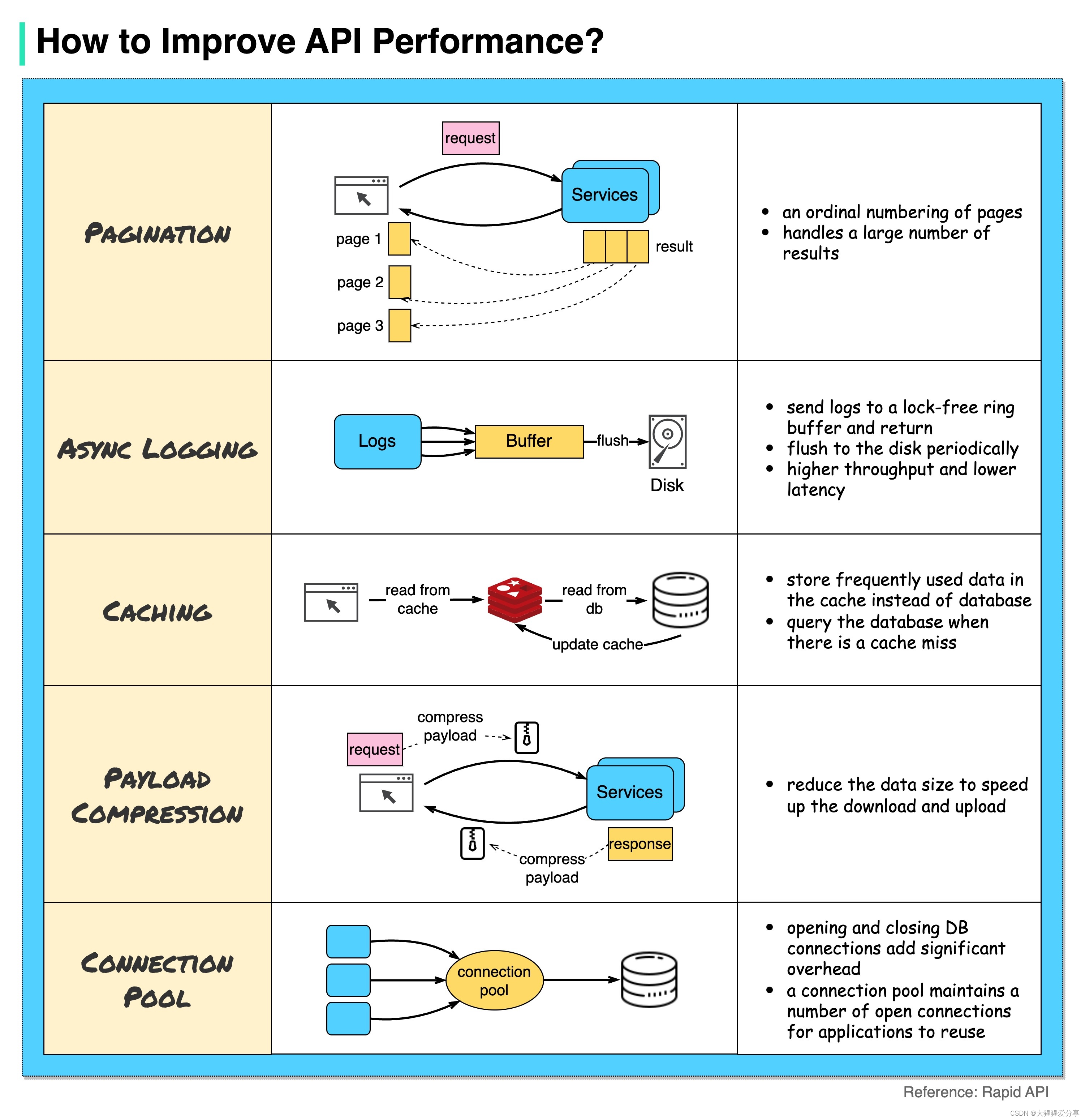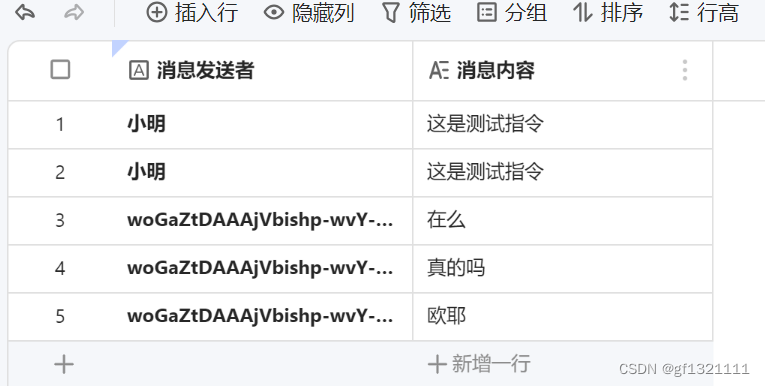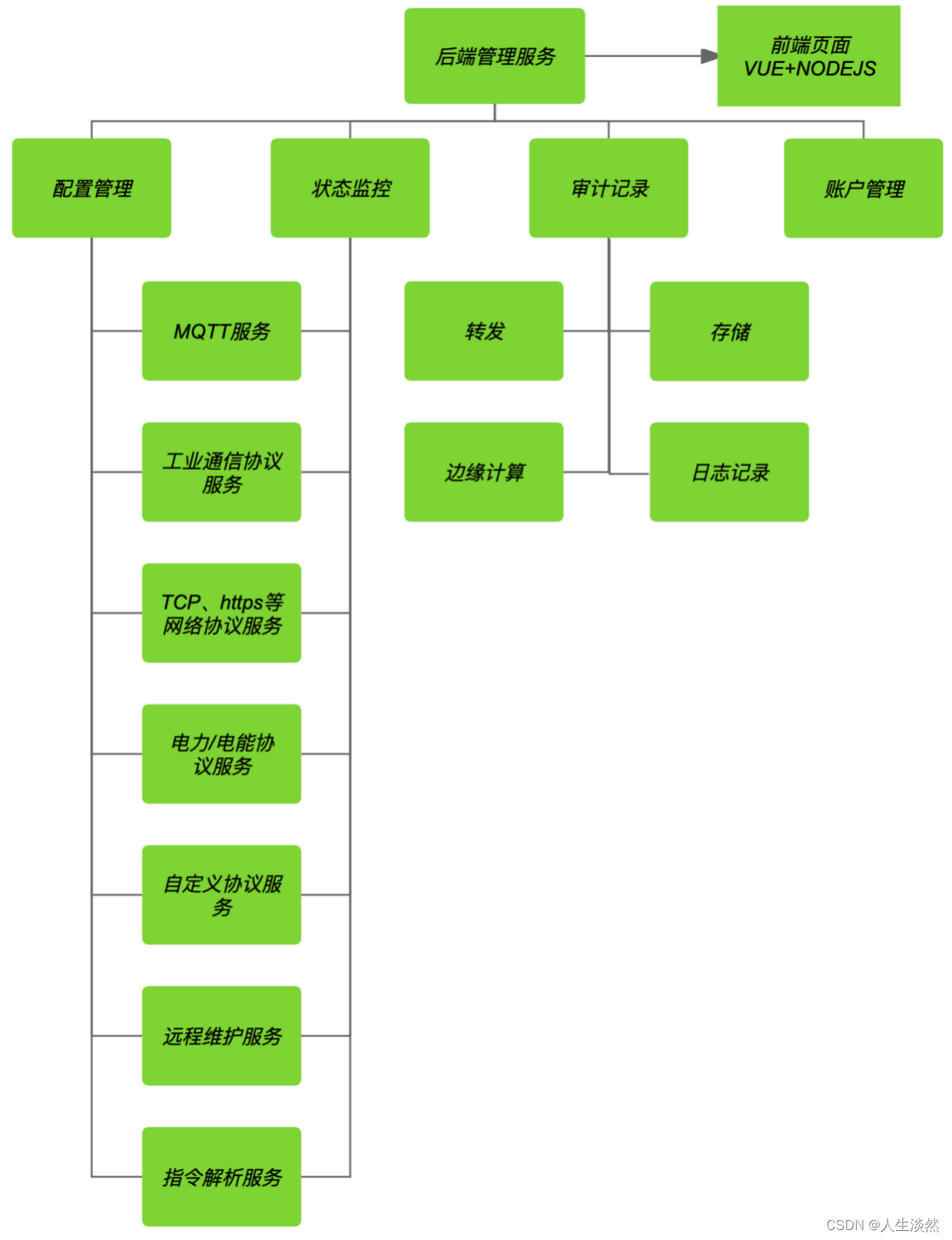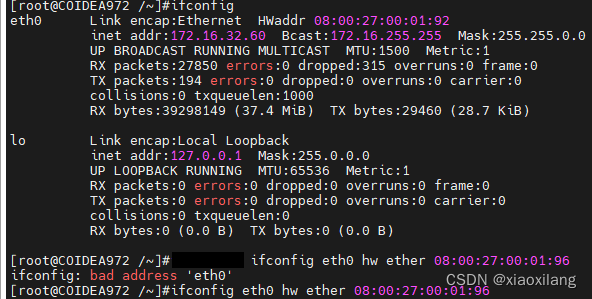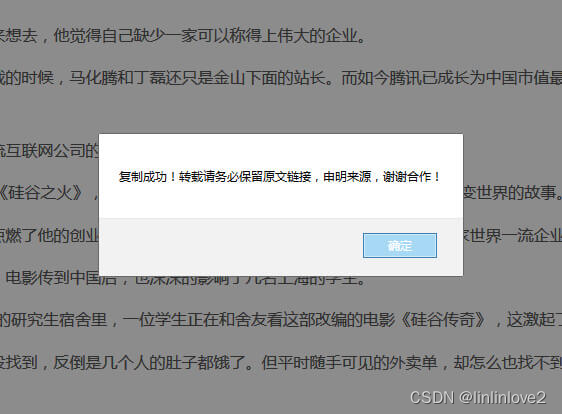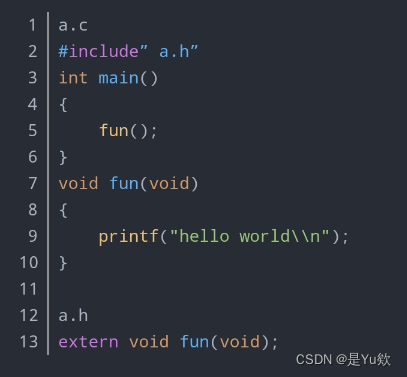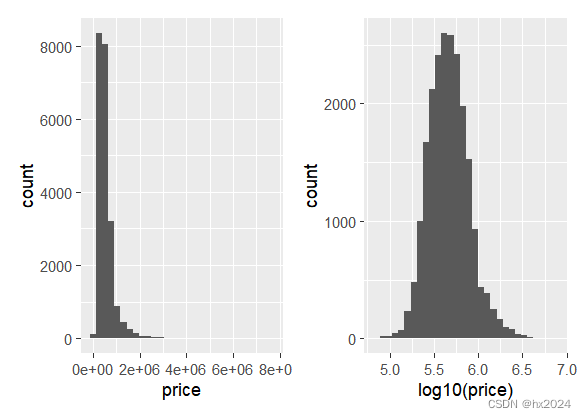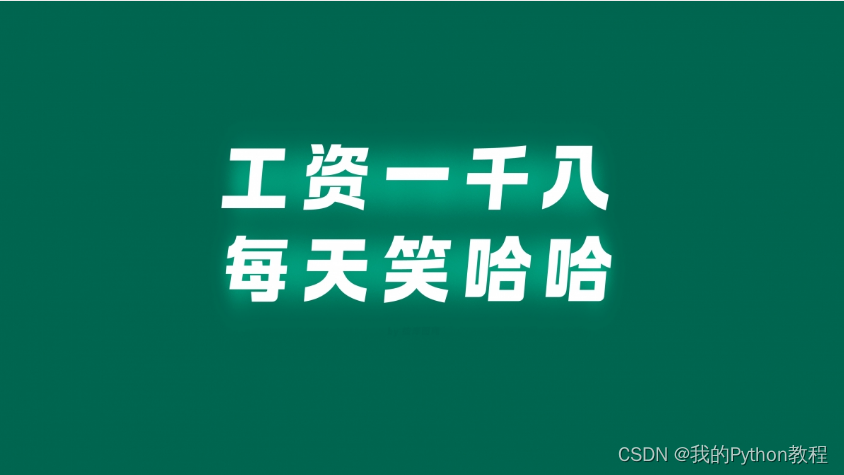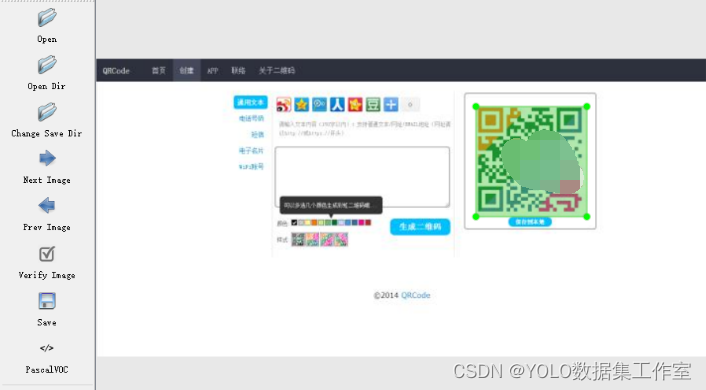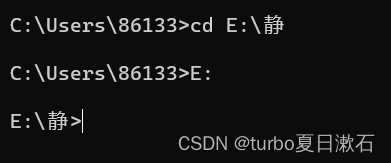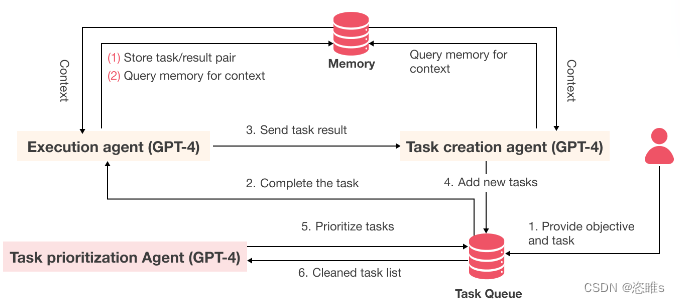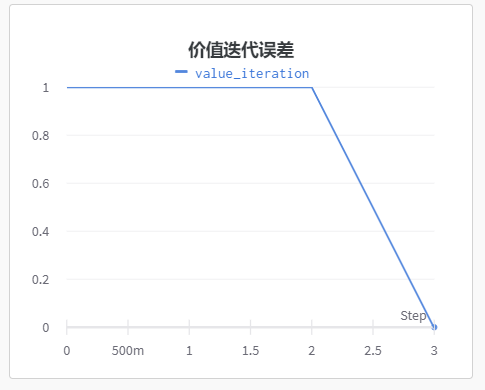
个人简介:Java领域新星创作者;阿里云技术博主、星级博主、专家博主;正在Java学习的路上摸爬滚打,记录学习的过程~
个人主页:.29.的博客
学习社区:进去逛一逛~
Spring Cache框架
- 简介
- Spring Cache 环境准备
- Spring Cache 常用注解使用
简介
- Spring Cache是一个框架,实现了基于注解的缓存功能,只需要简单地加一个注解,就能实现缓存功能。Spring Cache提供了一层抽象,底层可以切换不同的cache实现。具体就是通过
CacheManager接口来统一不同的缓存技术。
CacheManager是Spring提供的各种缓存技术抽象接口。
针对不同的缓存技术需要实现不同的CacheManager:

Spring Cache 环境准备
maven依赖导入:
<!--缓存依赖-->
<dependency>
<groupId>org.springframework.boot</groupId>
<artifactId>spring-boot-starter-cache</artifactId>
</dependency>
<!--redis依赖-->
<dependency>
<groupId>org.springframework.boot</groupId>
<artifactId>spring-boot-starter-data-redis</artifactId>
</dependency>
yml配置文件:
spring:
cache:
redis: # 设置redis缓存
time-to-live: 1800000 #设置缓存过期时间,可选
开启缓存功能:
- 在启动类上使用@EnableCache注解
@Slf4j
@SpringBootApplication
@EnableCaching //开启缓存
public class CacheDemoApplication {
public static void main(String[] args) {
SpringApplication.run(CacheDemoApplication.class,args);
log.info("项目启动成功...");
}
}
操作缓存:
- 在Controller层的方法上使用**@Cacheable、@CacheEvict、@CachePut**等注解,进行缓存操作。
Spring Cache 常用注解使用
在spring boot项目中,使用缓存技术只需在项目中导入相关缓存技术的依赖包,并在启动类上使用@EnableCaching开启缓存支持即可。
- @EnableCaching
- @Cacheable
- @CachePut
- @CacheEvict

-
可使用用于动态计算密钥的Spring Expression Language (SpEL)表达式。
-
#result表示方法调用结果的引用。 -
#root.method,#root.target, 和#root.caches分别用于引用方法、目标对象和受影响的缓存的缓存。 -
方法名(
#root.methodName)和目标类(#root.targetClass) -
方法参数可以通过索引访问。例如,第二个参数可以通过
#root访问:#root.args [1],#p1或#a1。如果信息可用,也可以通过名称访问参数
@CachePut注解 案例:
/**
* CachePut:将方法返回值放入缓存
* value:缓存的名称,每个缓存名称下面可以有多个key
* key:缓存的key
*/
@CachePut(value = "userCache",key = "#user.id")
@PostMapping
public User save(User user){
userService.save(user);
return user;
}
@CacheEvict注解 案例
/**
* CacheEvict:清理指定缓存
* value:缓存的名称,每个缓存名称下面可以有多个key
* key:缓存的key
*/
@CacheEvict(value = "userCache",key = "#p0")
//@CacheEvict(value = "userCache",key = "#root.args[0]")
//@CacheEvict(value = "userCache",key = "#id")
@DeleteMapping("/{id}")
public void delete(@PathVariable Long id){
userService.removeById(id);
}
@Cacheable注解 案例
/**
* Cacheable:在方法执行前spring先查看缓存中是否有数据,如果有数据,则直接返回缓存数据;若没有数据,调用方法并将方法返回值放到缓存中
* value:缓存的名称,每个缓存名称下面可以有多个key
* key:缓存的key
* condition:条件,满足条件时才缓存数据(无法使用#result等对象)
* unless:满足条件则不缓存
*/
//根据id获取信息
@Cacheable(value = "userCache",key = "#id",unless = "#result == null")
@GetMapping("/{id}")
public User getById(@PathVariable Long id){
User user = userService.getById(id);
return user;
}
//获取所有消息
@Cacheable(value = "userCache",key = "#user.id + '_' + #user.name")
@GetMapping("/list")
public List<User> list(User user){
LambdaQueryWrapper<User> queryWrapper = new LambdaQueryWrapper<>();
queryWrapper.eq(user.getId() != null,User::getId,user.getId());
queryWrapper.eq(user.getName() != null,User::getName,user.getName());
List<User> list = userService.list(queryWrapper);
return list;
}
